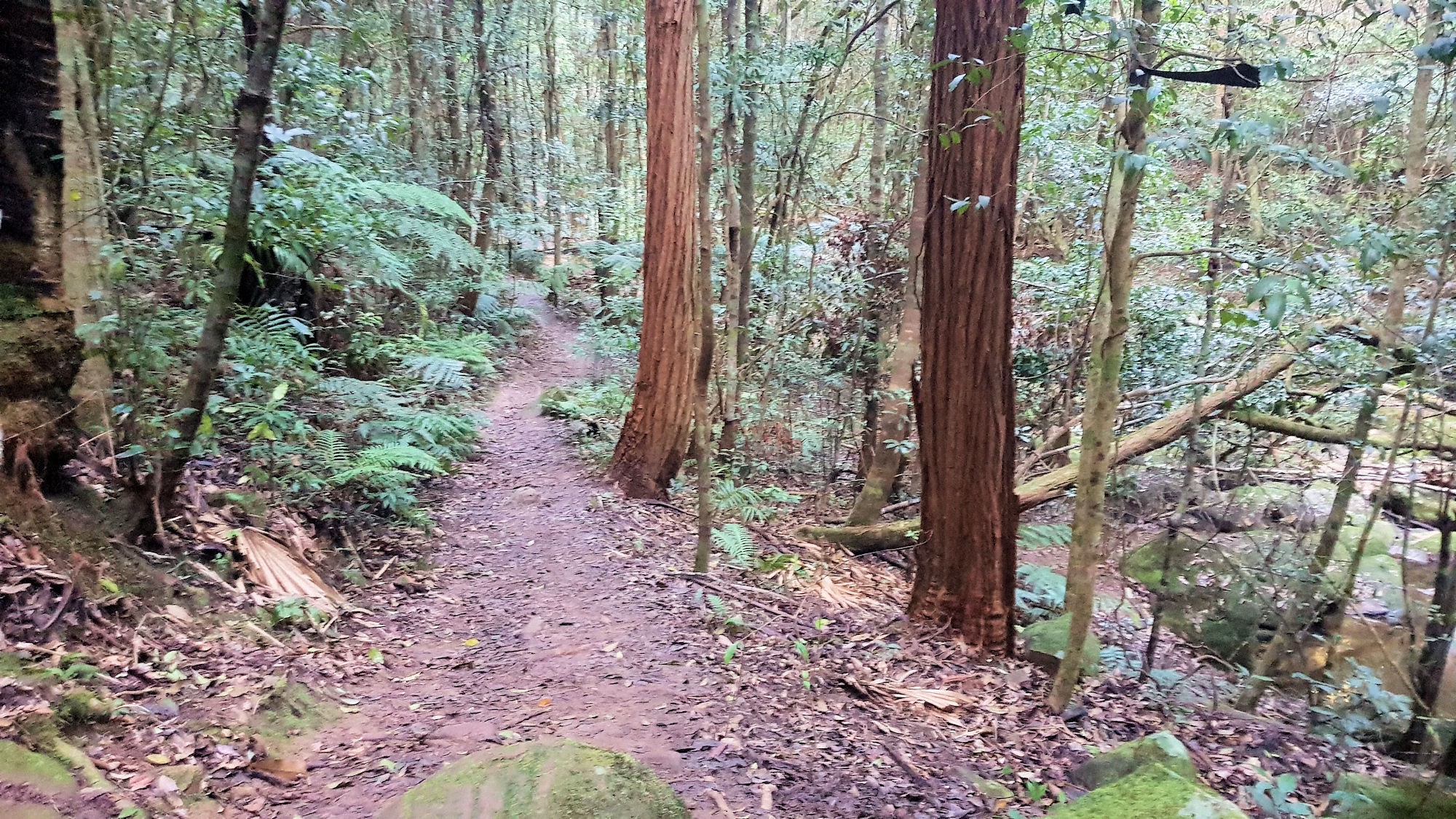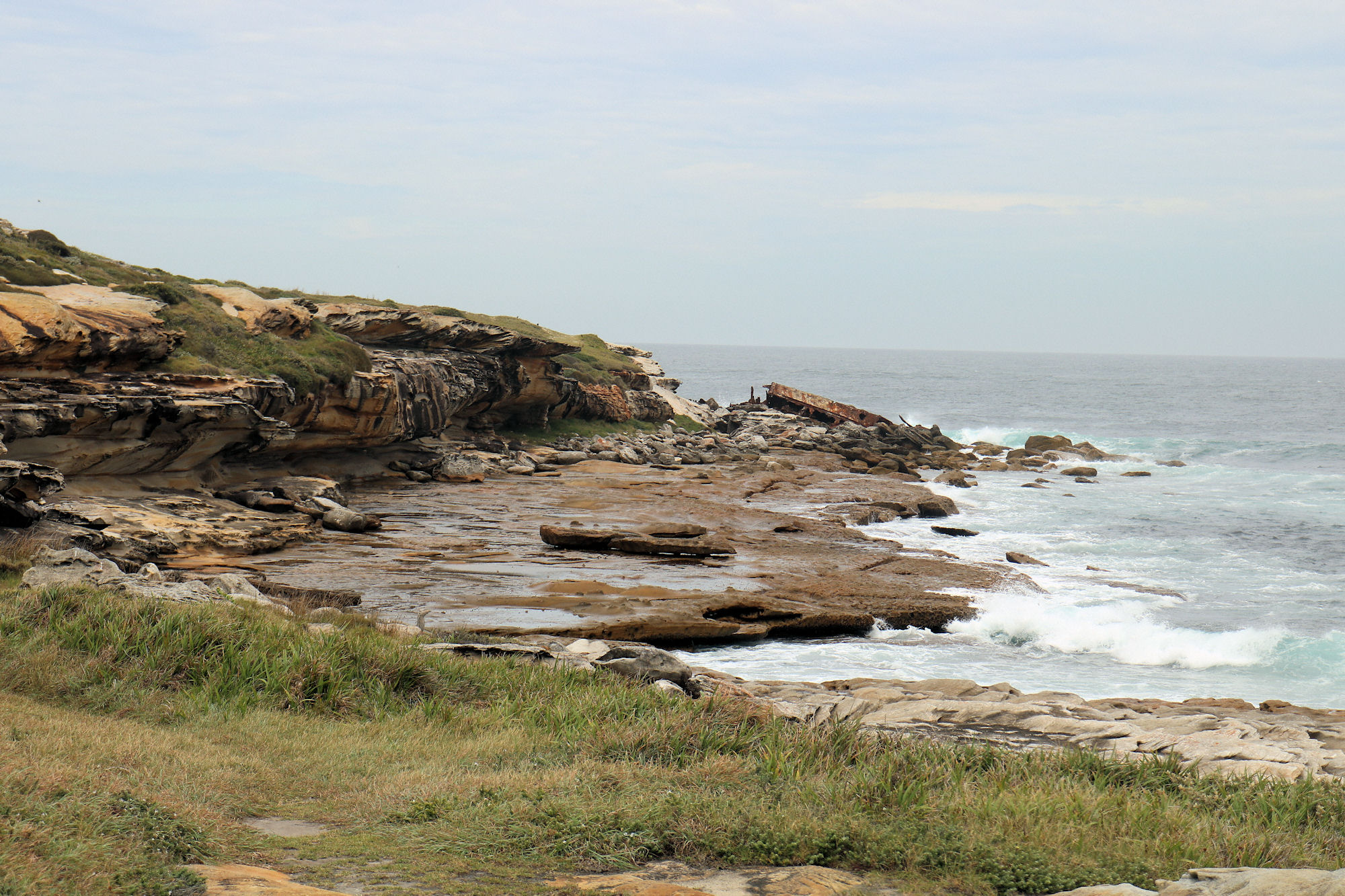Tag: National Park
-
Ridge to Rainforest Track Strickland State Forest

Ridge to Rainforest Track Strickland State Forest Getting There Located in the Strickland State Forest, the Ridge to Rainforest Track is a great walk winding its way through the dry forest along the ridge into the gully rainforest along the creek. Mossy rocks, statuesque trees and a planted grove of Hoop Pine are featured along… Read more
-
Burrawang Walk Kamay Bay

Burrawang Walk Kamay Bay Kamay Visitor Centre Before setting out on the Burrawang Walk, drop into the Visitor Centre. Not only are the toilets located here, but it is full of useful information for your visit. The staff were very friendly and helpful, which made the day start on a positive note. Burrawang Walk Kamay… Read more
-
Cape Banks Botany Bay National Park

Cape Banks Getting There We drove to Cape Banks and parked near the pistol club and helicopter base. This large car park has plenty of space, so parking shouldn’t be a problem. Cape Banks Walking Track The Cape Banks Walking track runs past the Westpac Lifesaver Helicopter Base towards the coast. On the way you… Read more